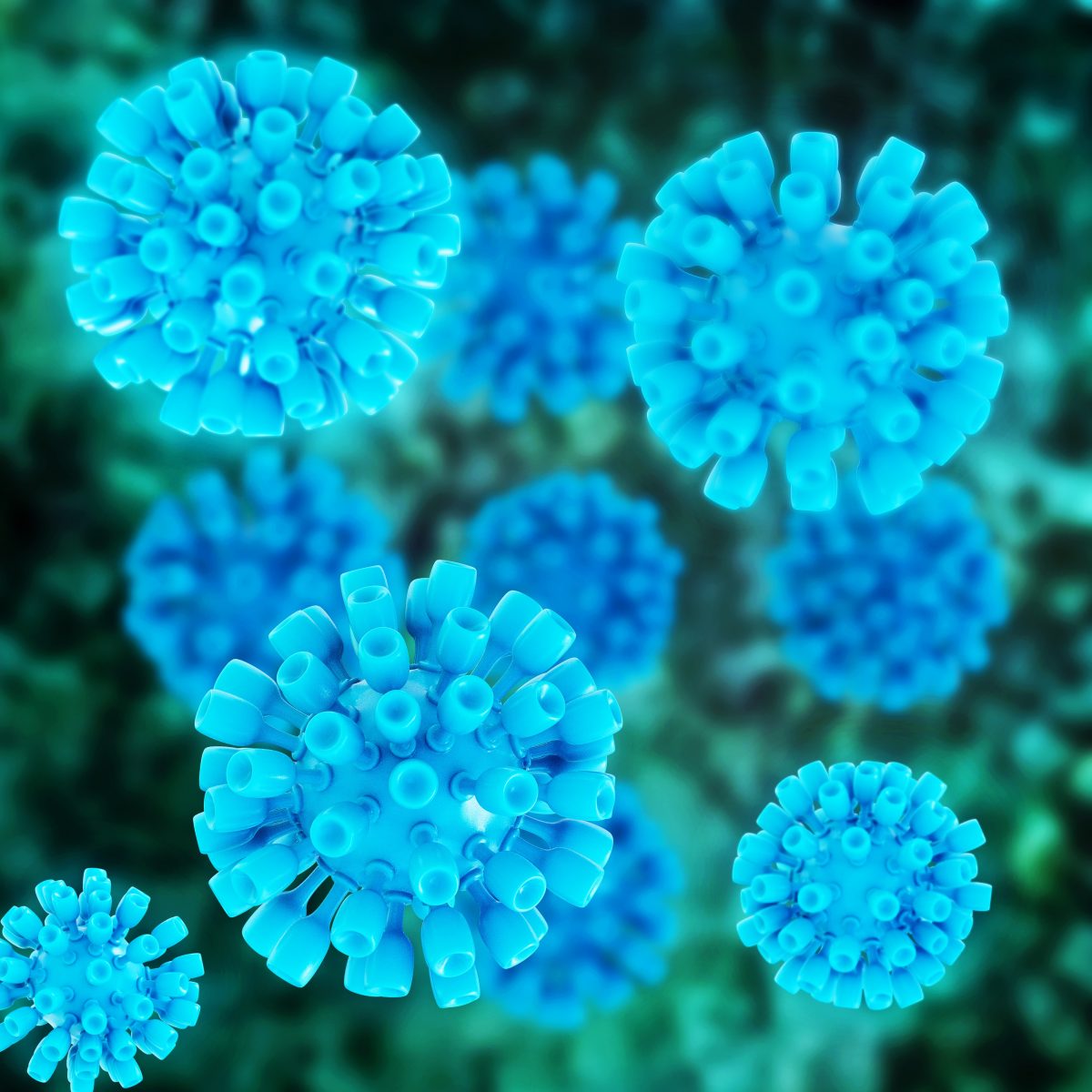A peptide derived from the hepatitis C virus is able to kill a range of viruses, including West Nile, measles, HIV and dengue, without harming host cells because it can distinguish between the make-up of different cell membranes, according to a study titled “Cholesterol-Enriched Domain Formation Induced by Viral-Encoded, Membrane-Active Amphipathic Peptide” and published in Biophysical Journal.
Previous research has established the antiviral properties of the α-helical (AH) domain of the hepatitis C virus’ nonstructural protein NS5A. The AH peptide ruptures viral membranes, leading to the destruction of the viral genome by the host’s enzymes. But the mechanism by which these peptides selectively destroy viral membranes — while leaving host cell membranes intact —has not been established, complicating the development of potential therapeutics.
Nanyang Technological University researchers exposed to the AH peptide several model lipid membranes of varying size and chemical composition. The virus-like models, rich in cholesterol in their membranes, showed molecular changes and an increase in membrane openings. At similar concentrations, cholesterol-free vesicles remained unchanged. These results led researchers to theorize that the broad-spectrum of viruses attacked by the peptide is a consequence of its targeting cholesterol-rich membranes, a characteristic present in many viruses, and its probable ability to distinguish cell membrane sizes.
These results may be applied to several areas of research — namely, the investigation of antivirals against the hepatitis C virus and the identification of other viruses whose membranes have similar lipid compositions that can be destroyed by the AH peptide. At the moment, no available antiviral drugs target the lipid membrane.
Researchers highlight the importance of moving this study from simple models to biological systems, especially human cells and live viruses, to validate the results and eventually take them into a clinical setting. Senior study author, Dr. Atul Parikh of the University of California, said in a press release, “Understanding how the drug candidate interacts with these biologically important lipids, we reason, should open the door to deciphering the rich and complex biology of these systems and lead to new opportunities for antiviral strategies. Studies such as ours provide hope that replacing the old paradigm of ‘one-bug, one-drug’ with broadly applicable drugs against which viruses cannot develop resistance may become a reality soon.”

